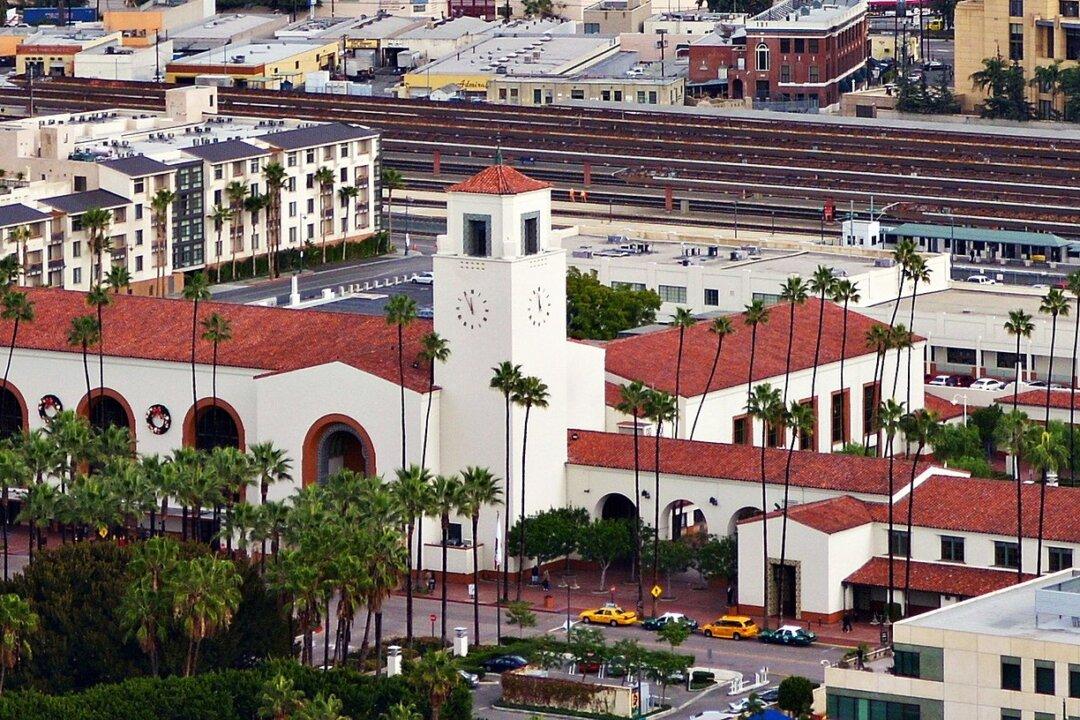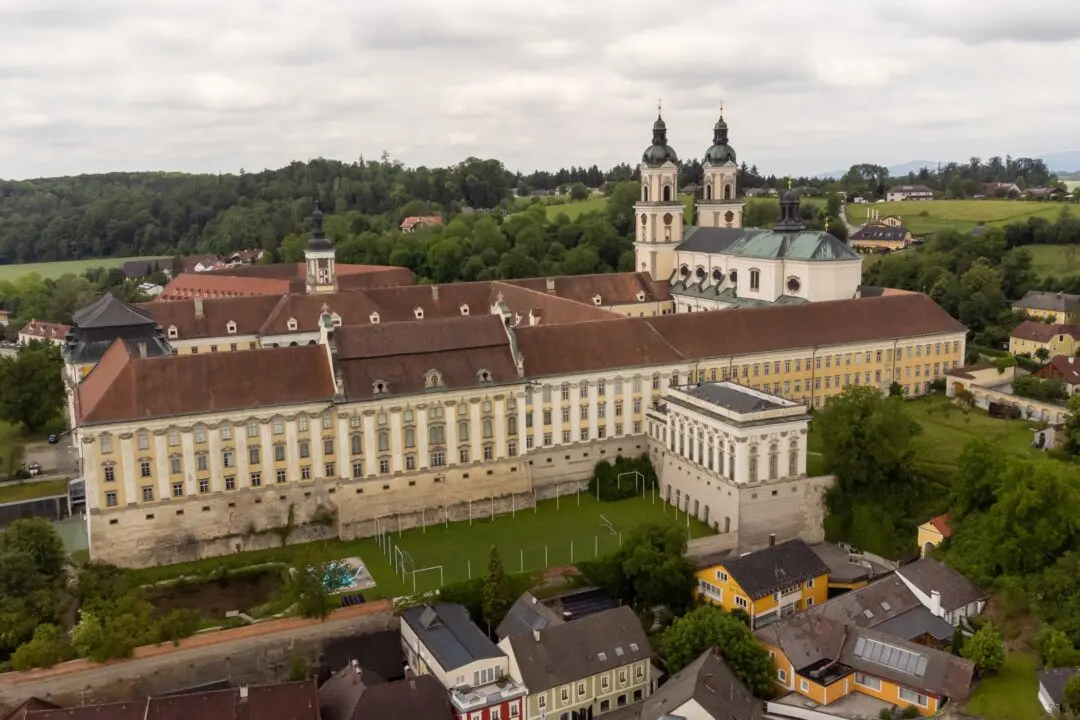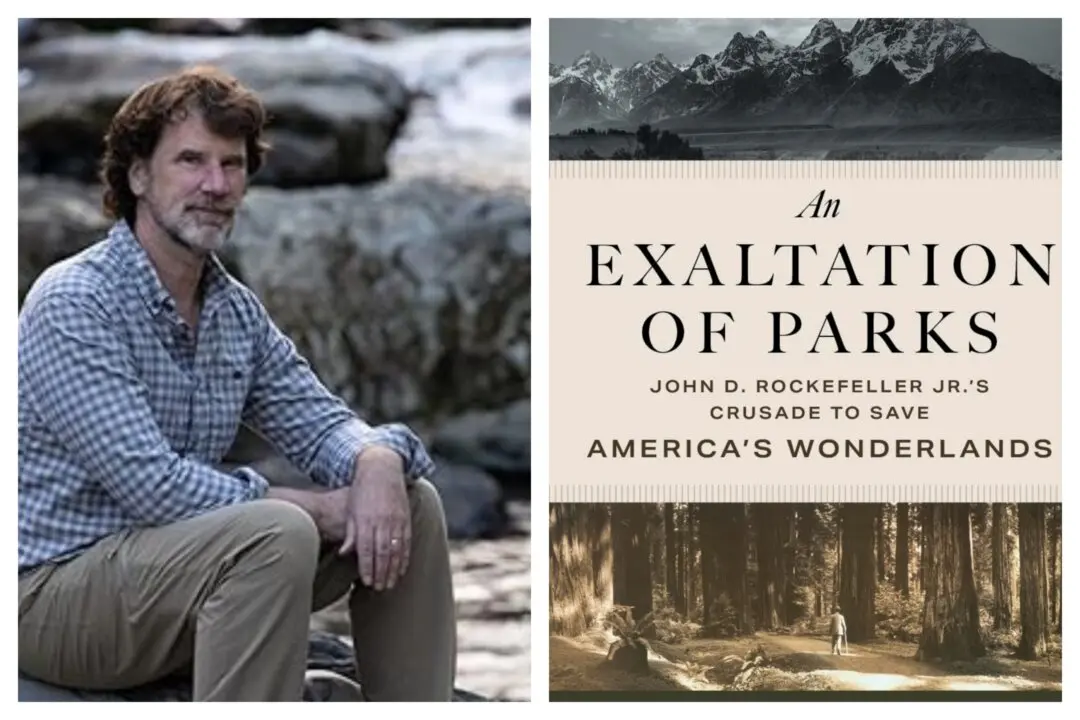Interestingly, architectural style often suggests a particular region in America. While many notable train stations in the United States conform to classical inspirations, Union Station in Los Angeles presents the residential and commercial architectural style trends that emerged in 19th- and 20th-century California.
Built in the 1930s, Union Station Los Angeles blends architectural influences of Spanish colonial, Mission Revival, and Art Deco. In 1933, a joint venture between Southern Pacific, Union Pacific, and Atchison, Topeka and Santa Fe railroads settled on the father-and-son architect team of John and Donald Parkinson to design the burgeoning city’s star transportation hub.





